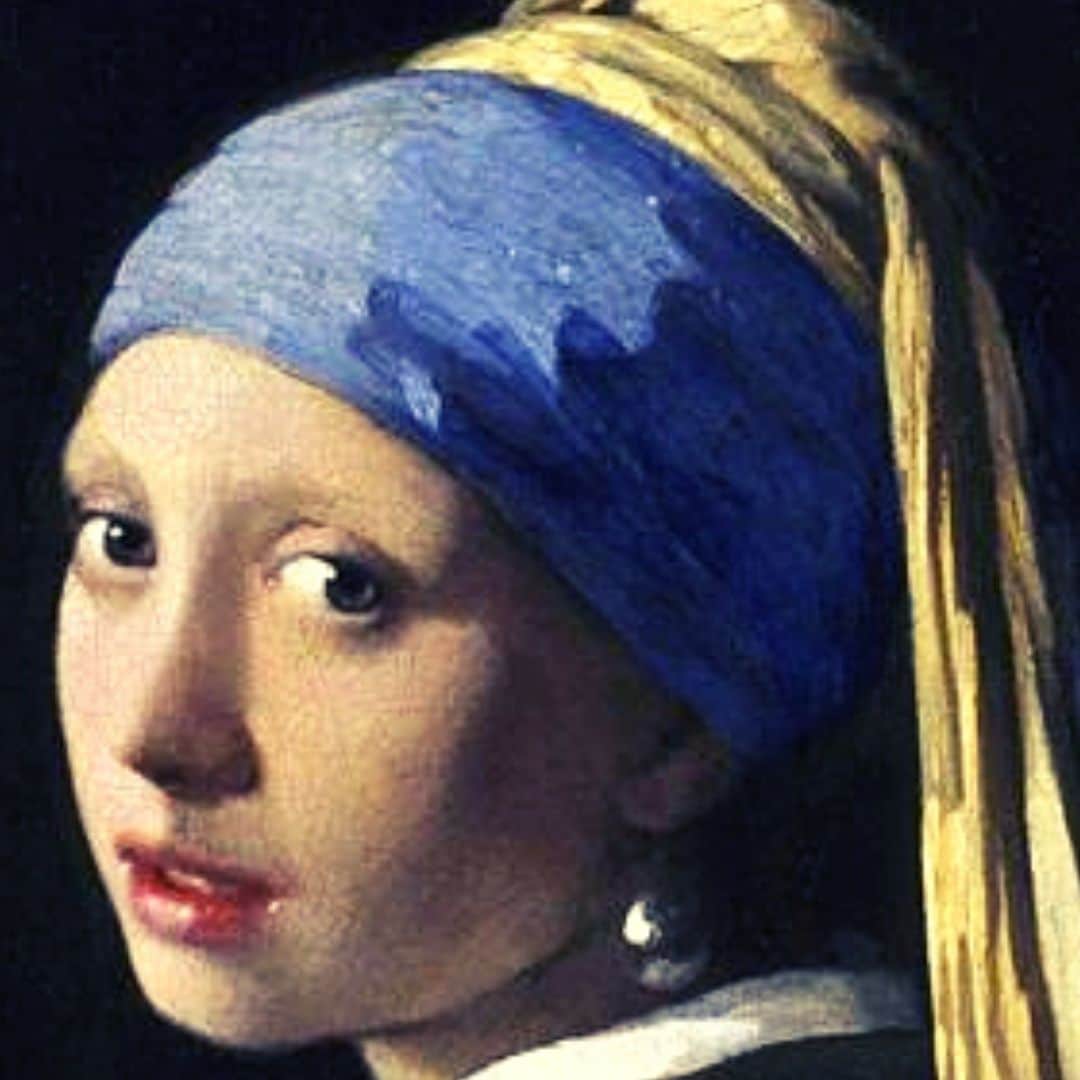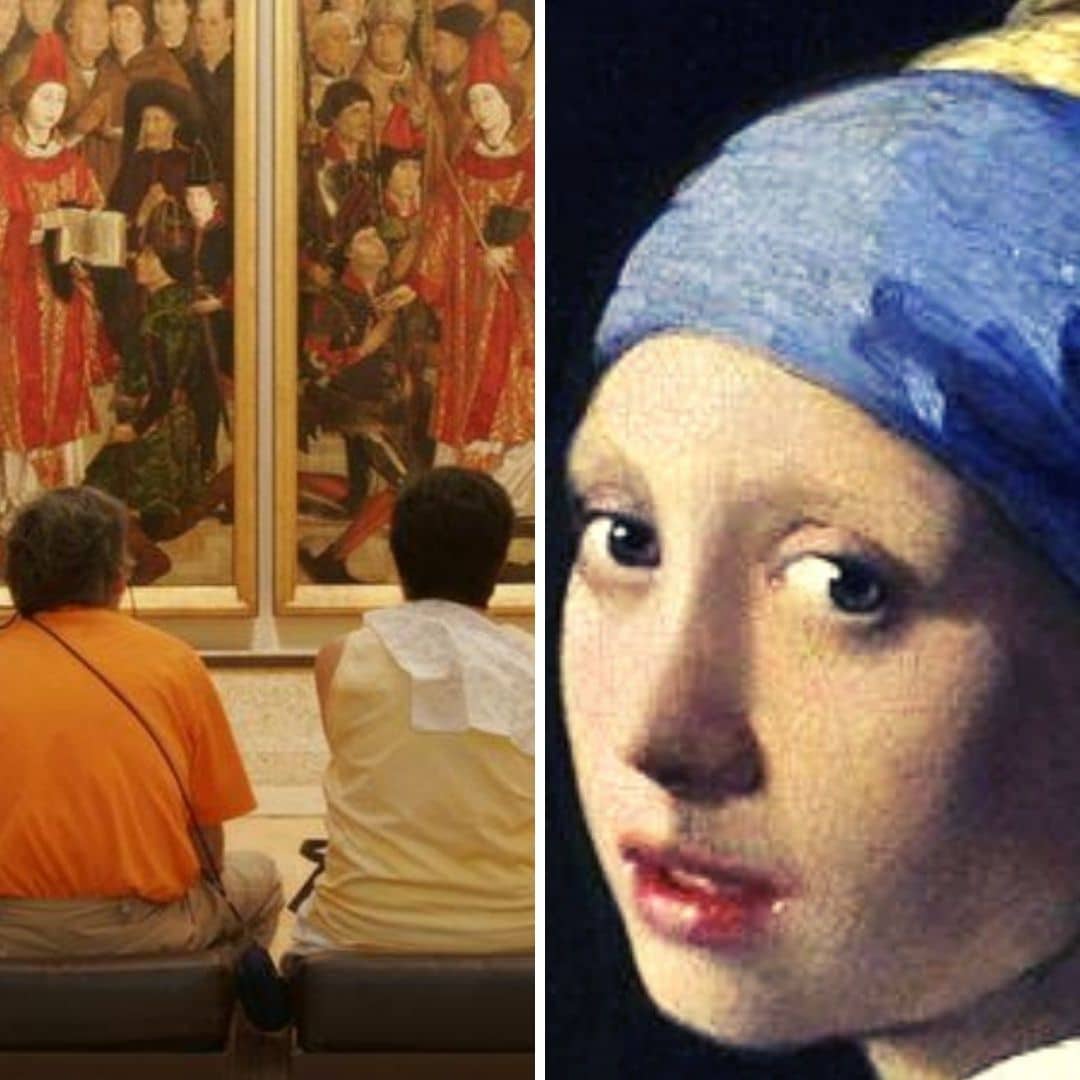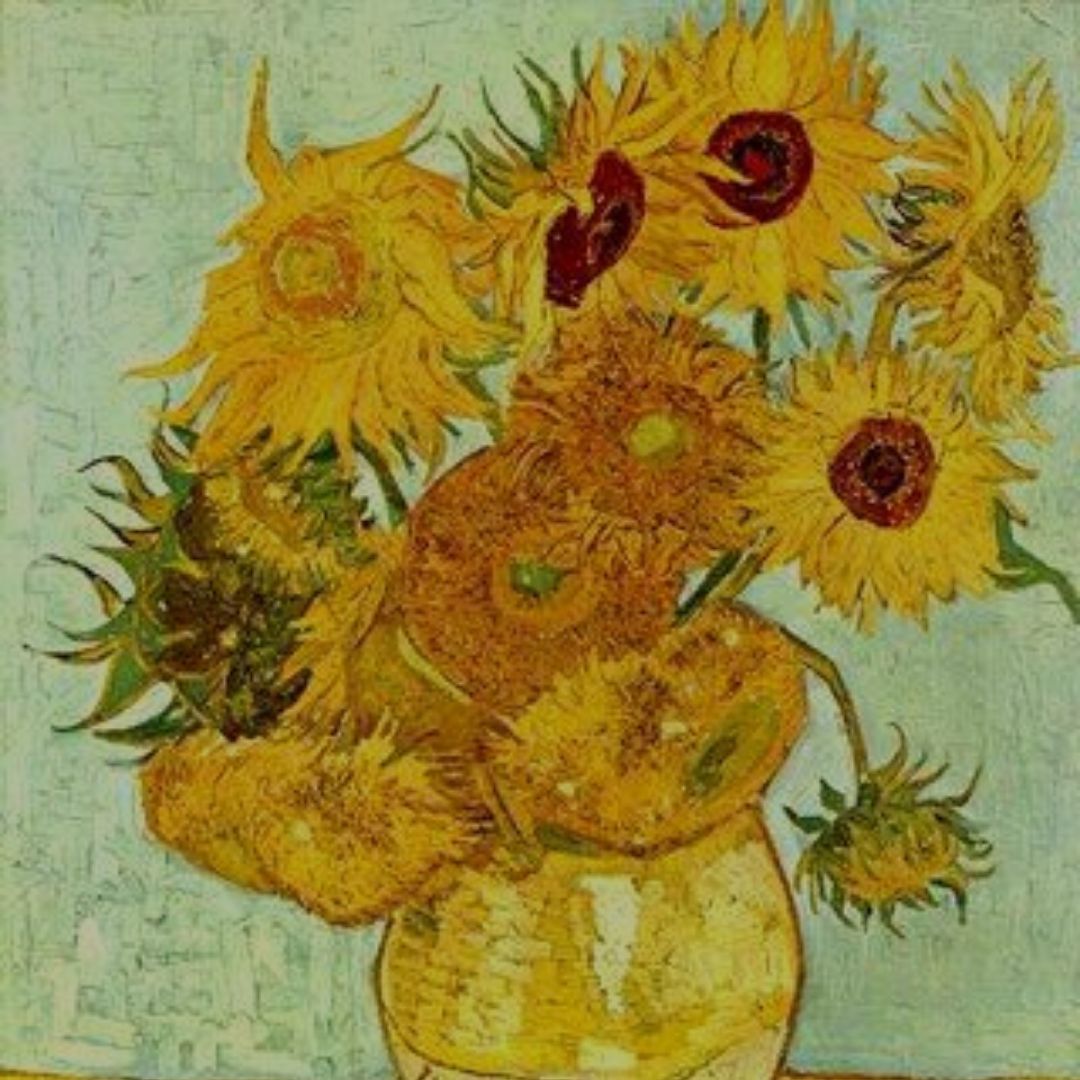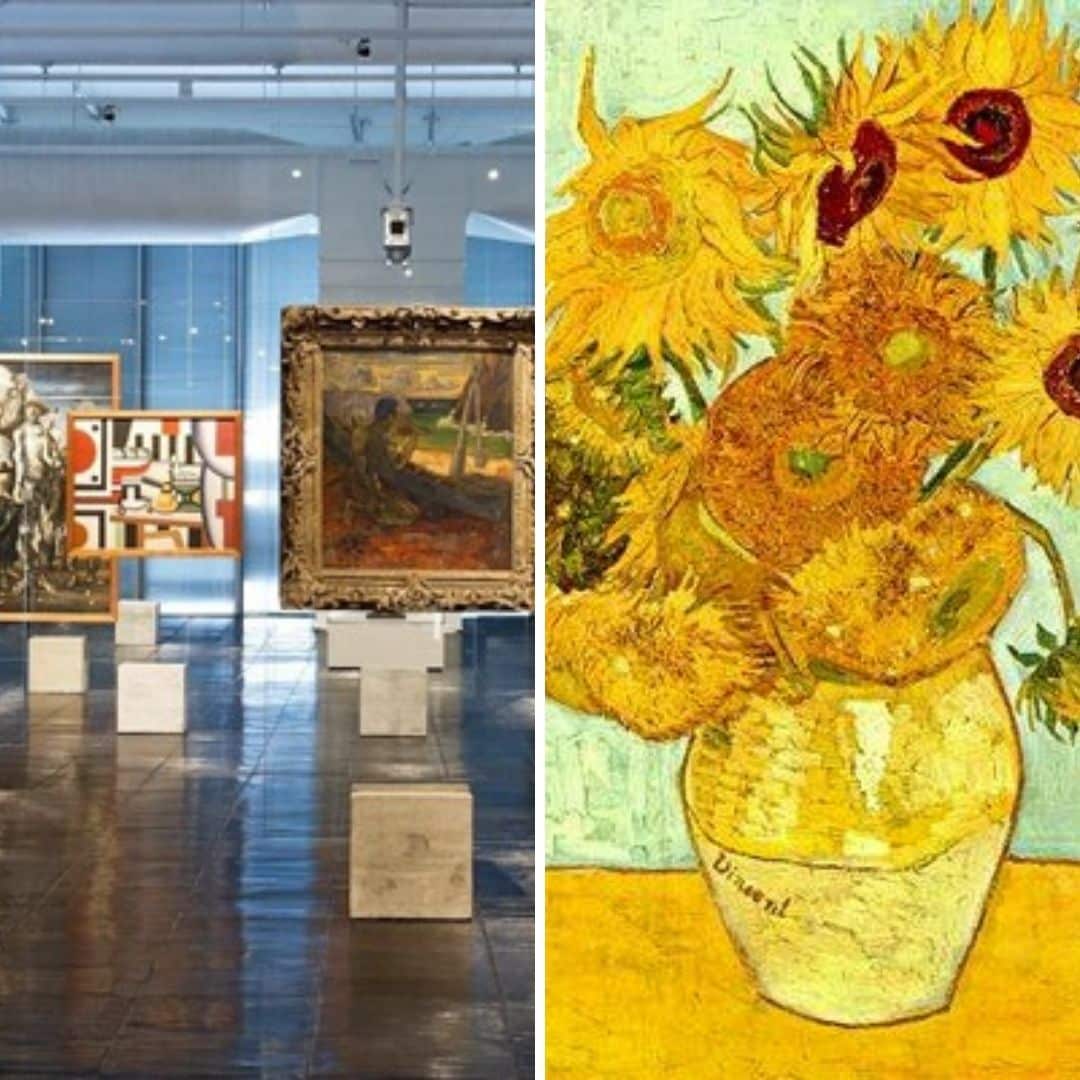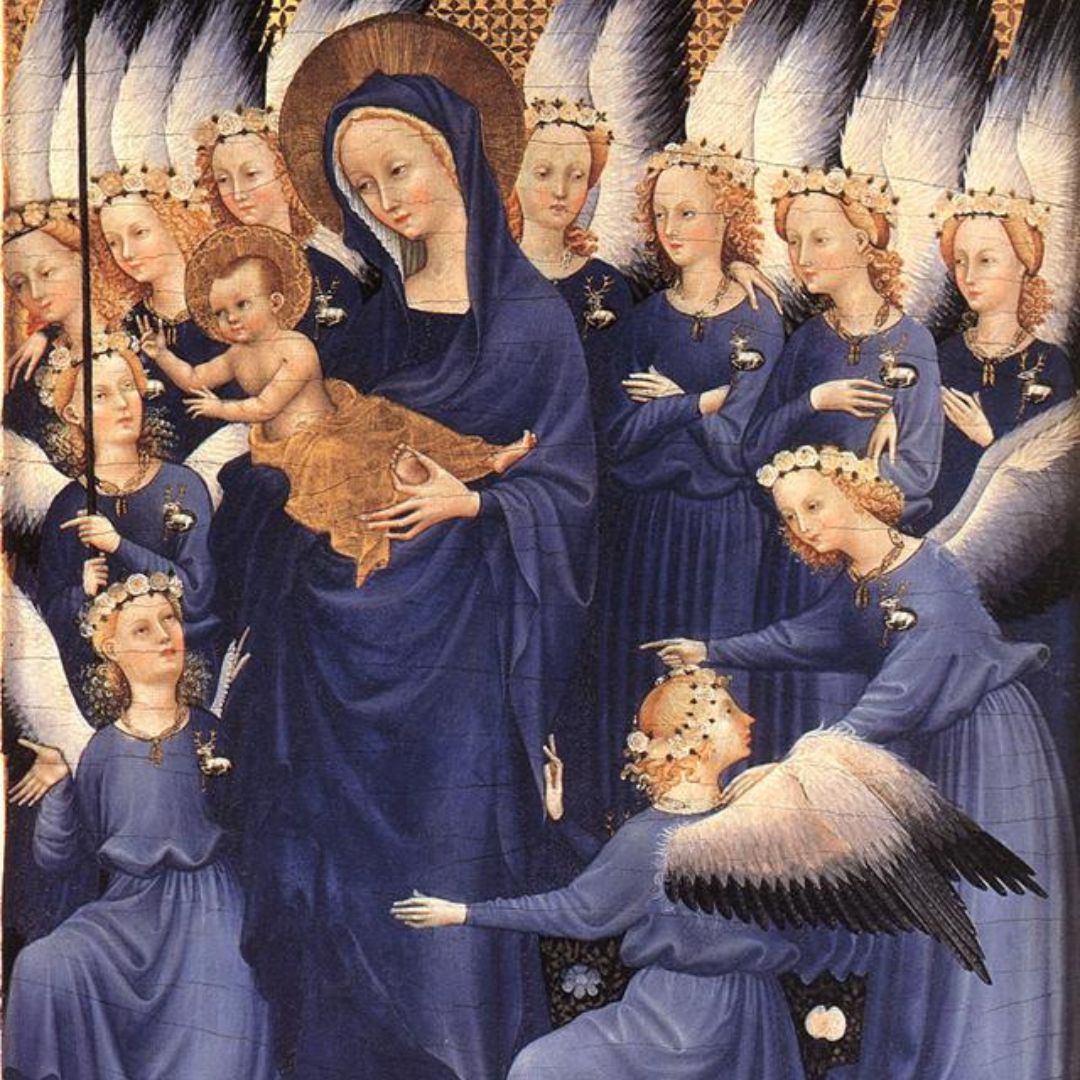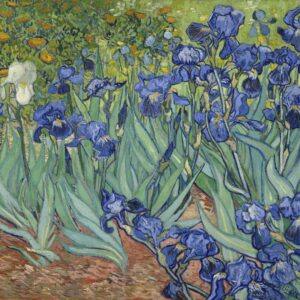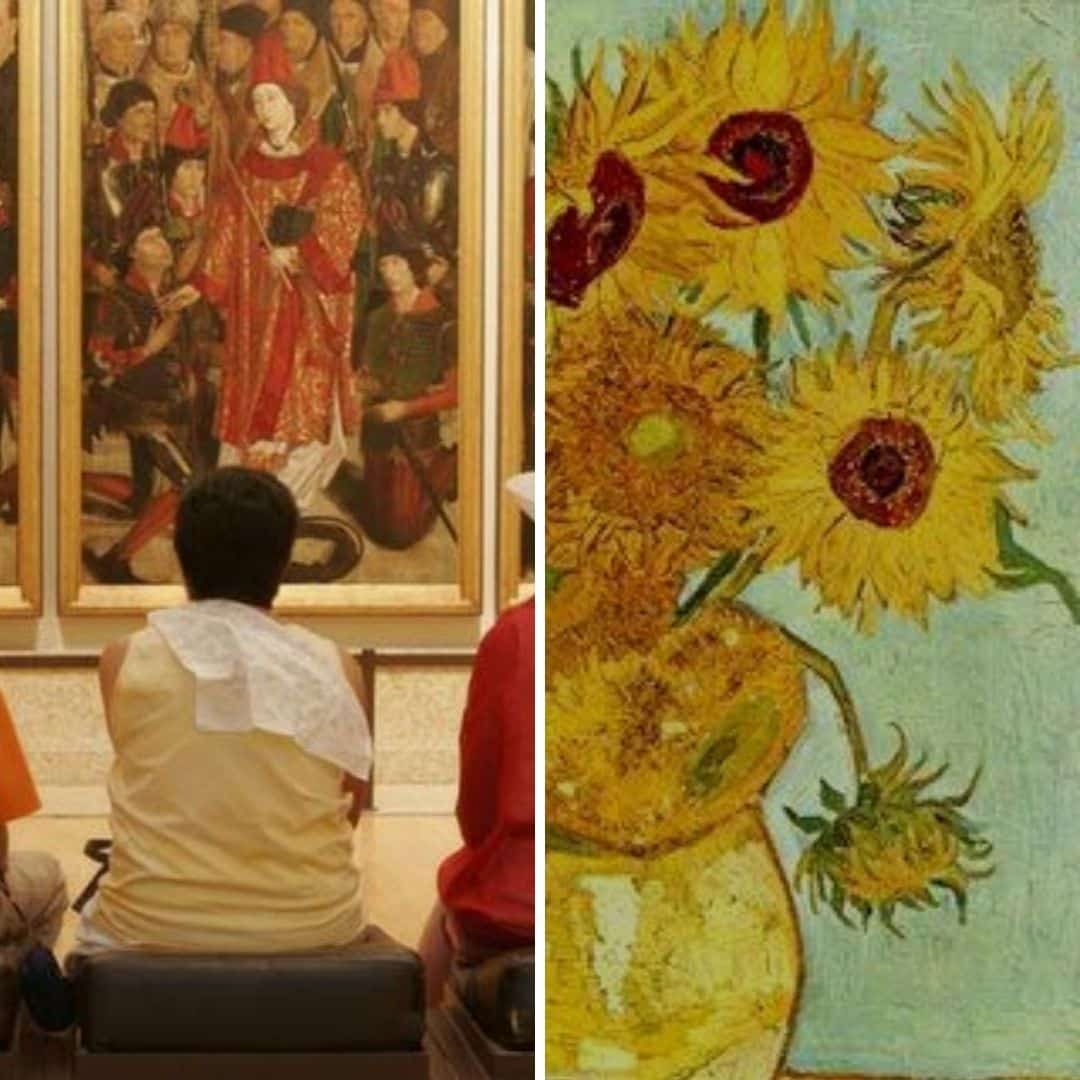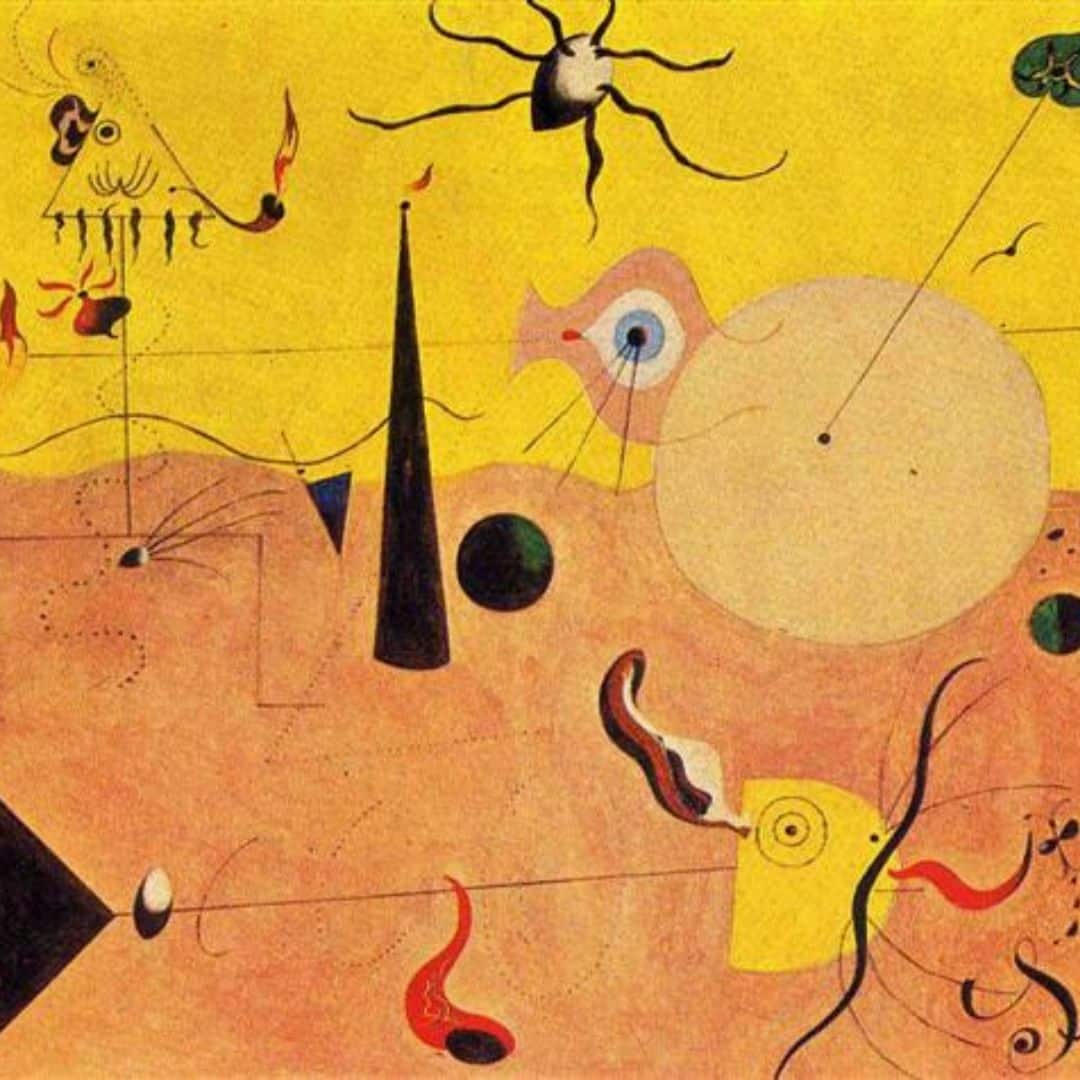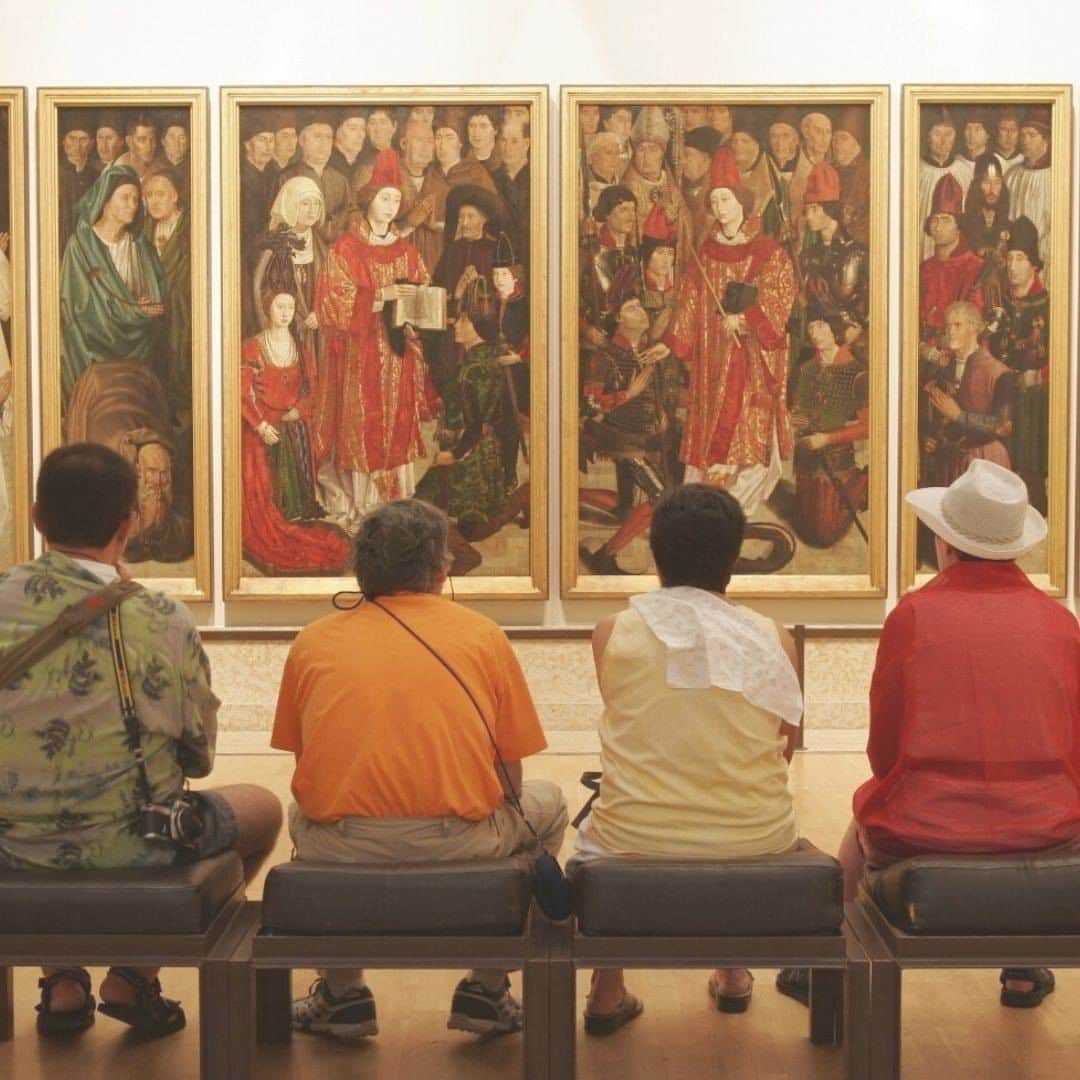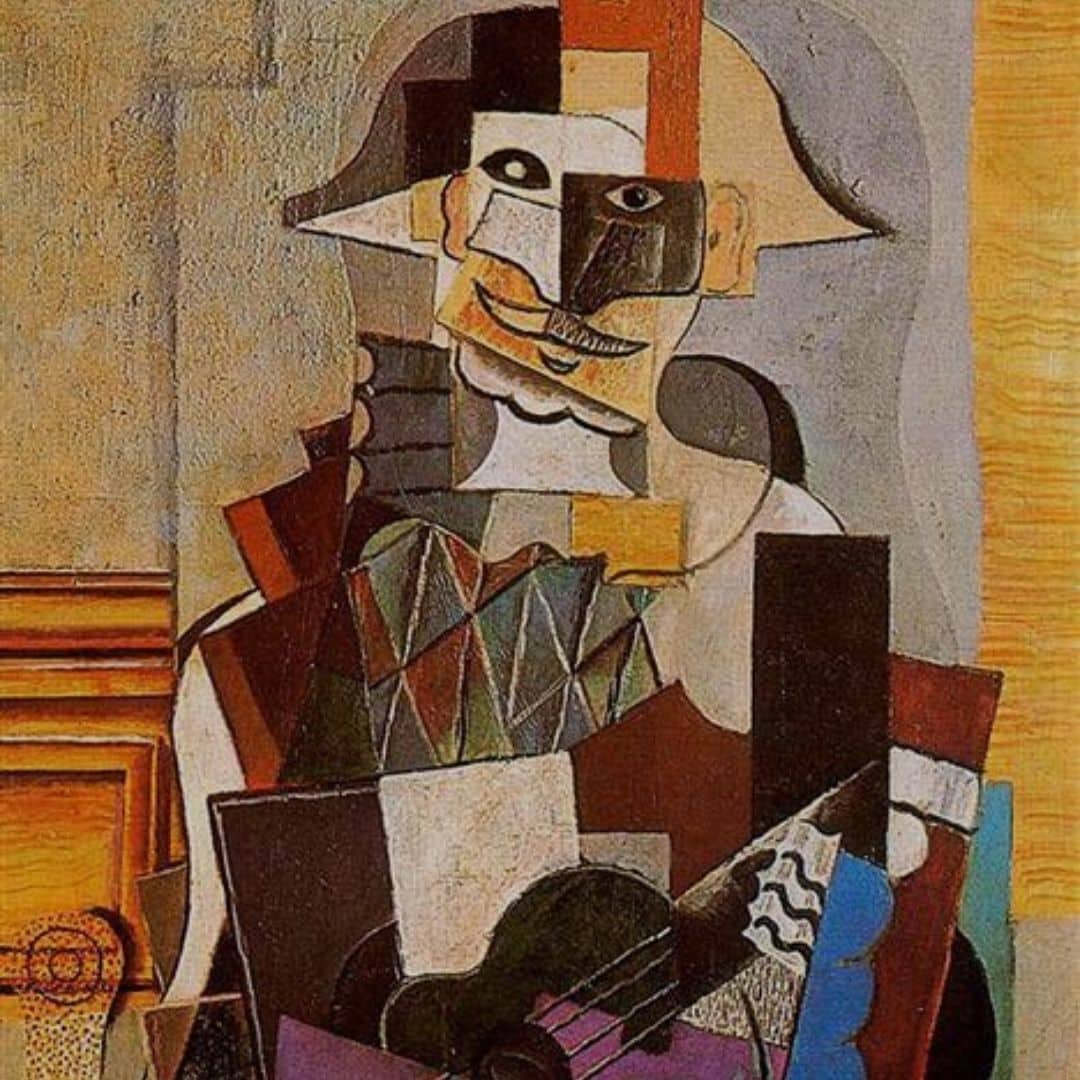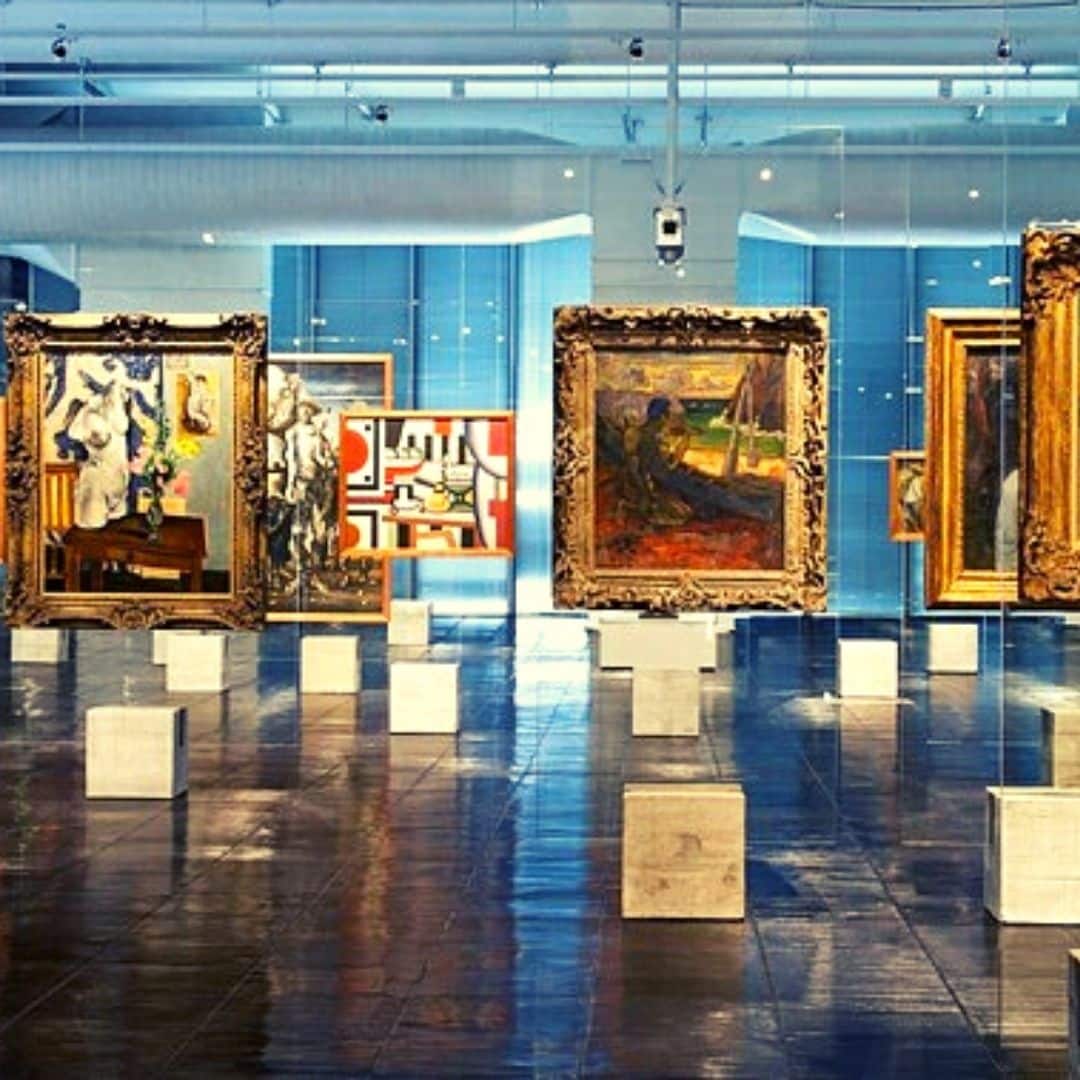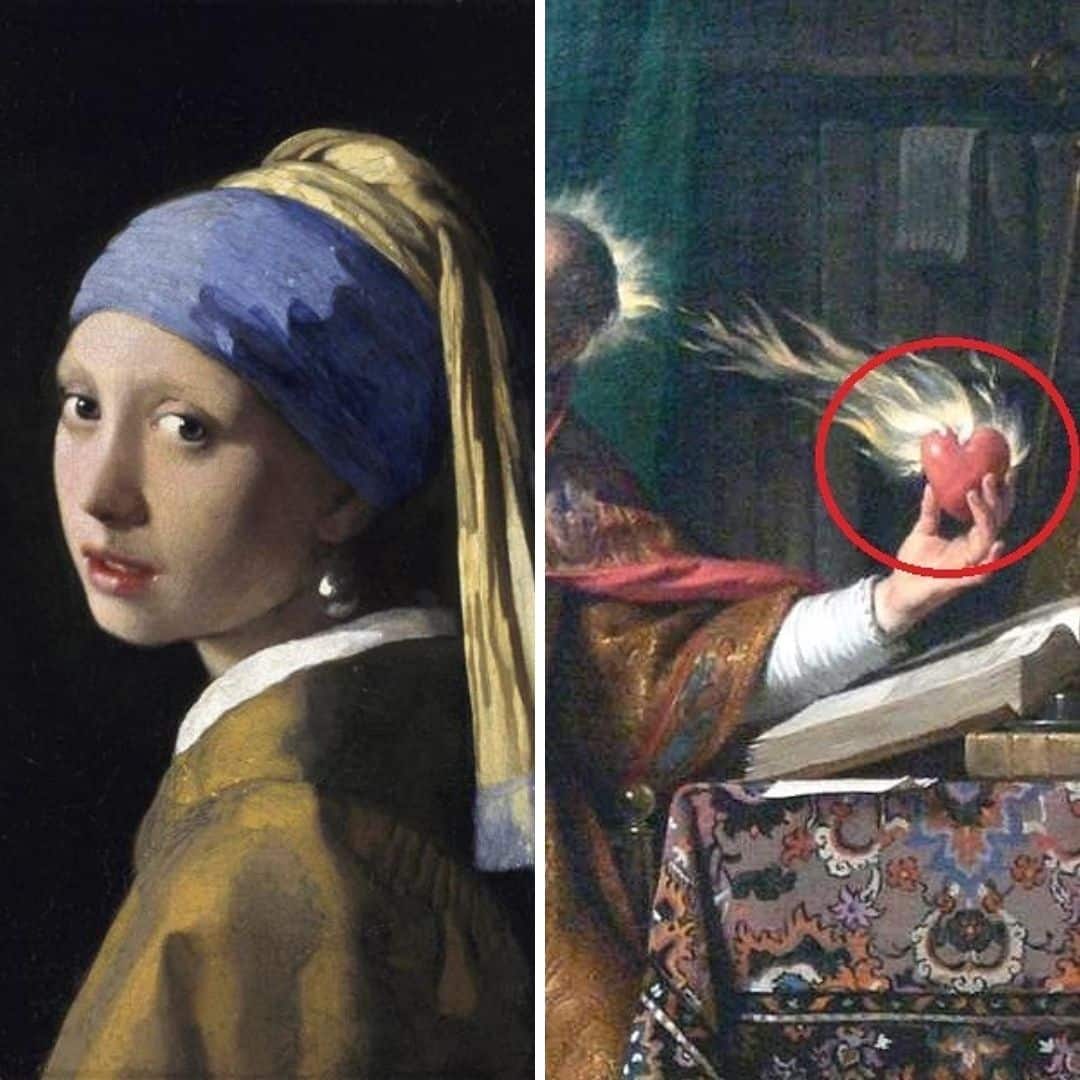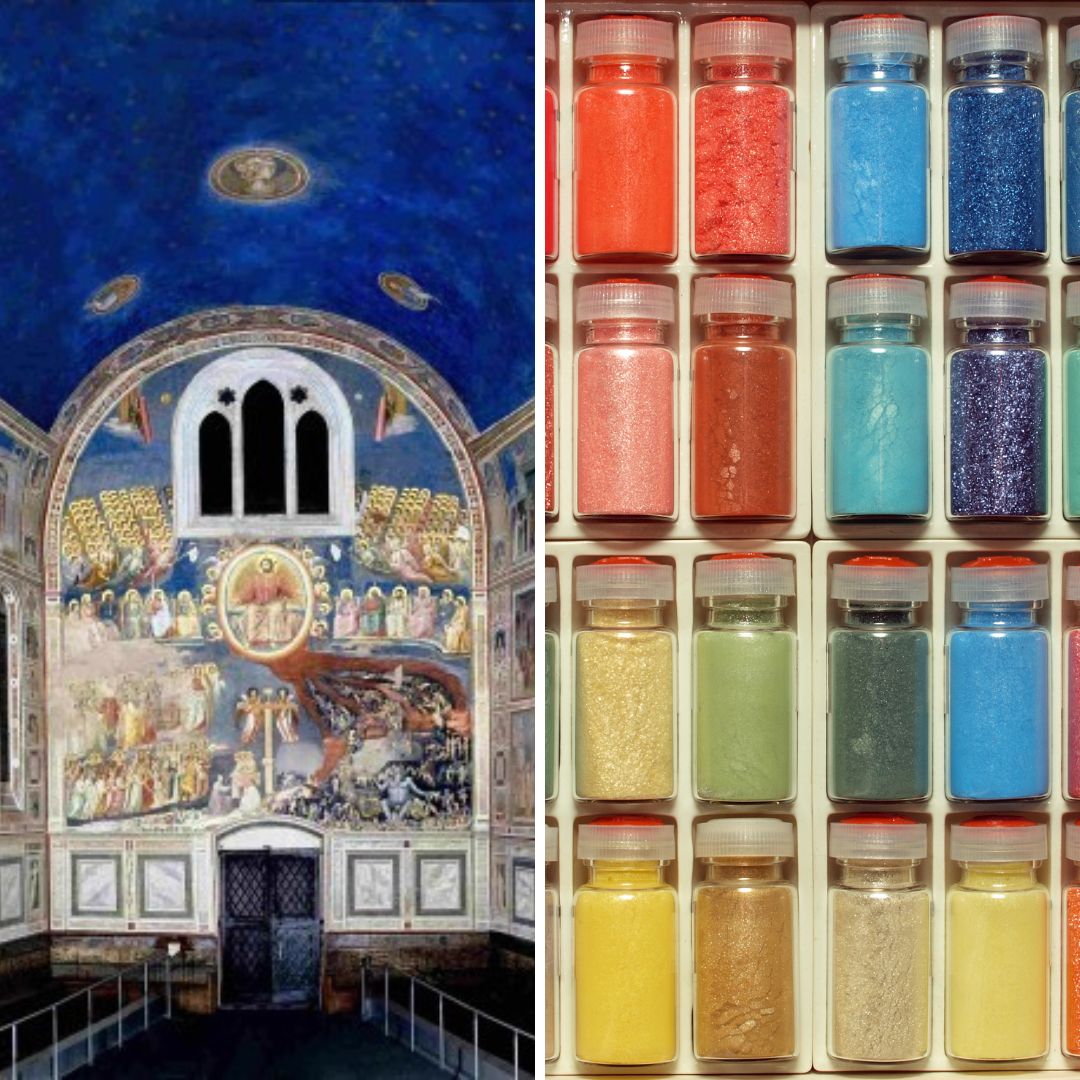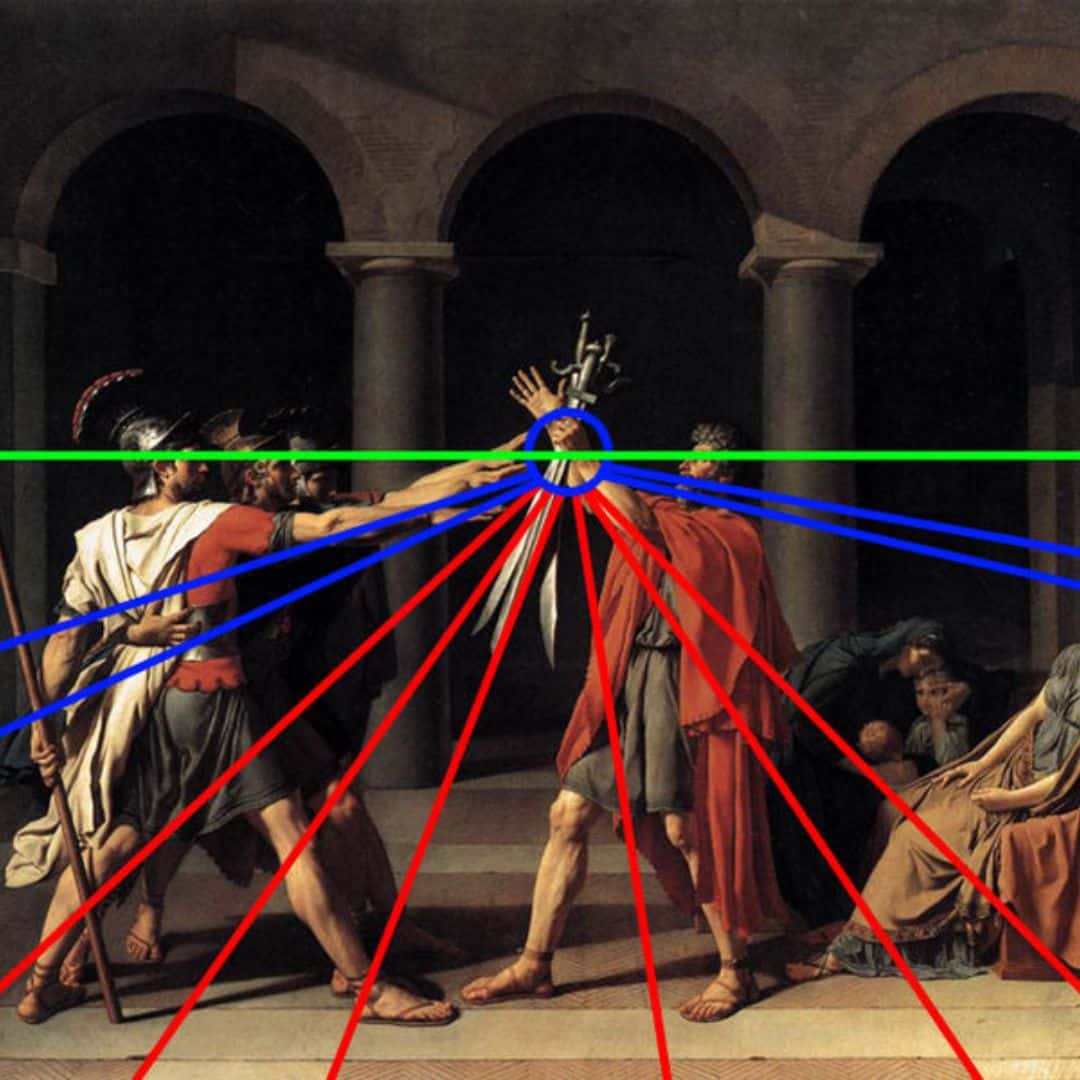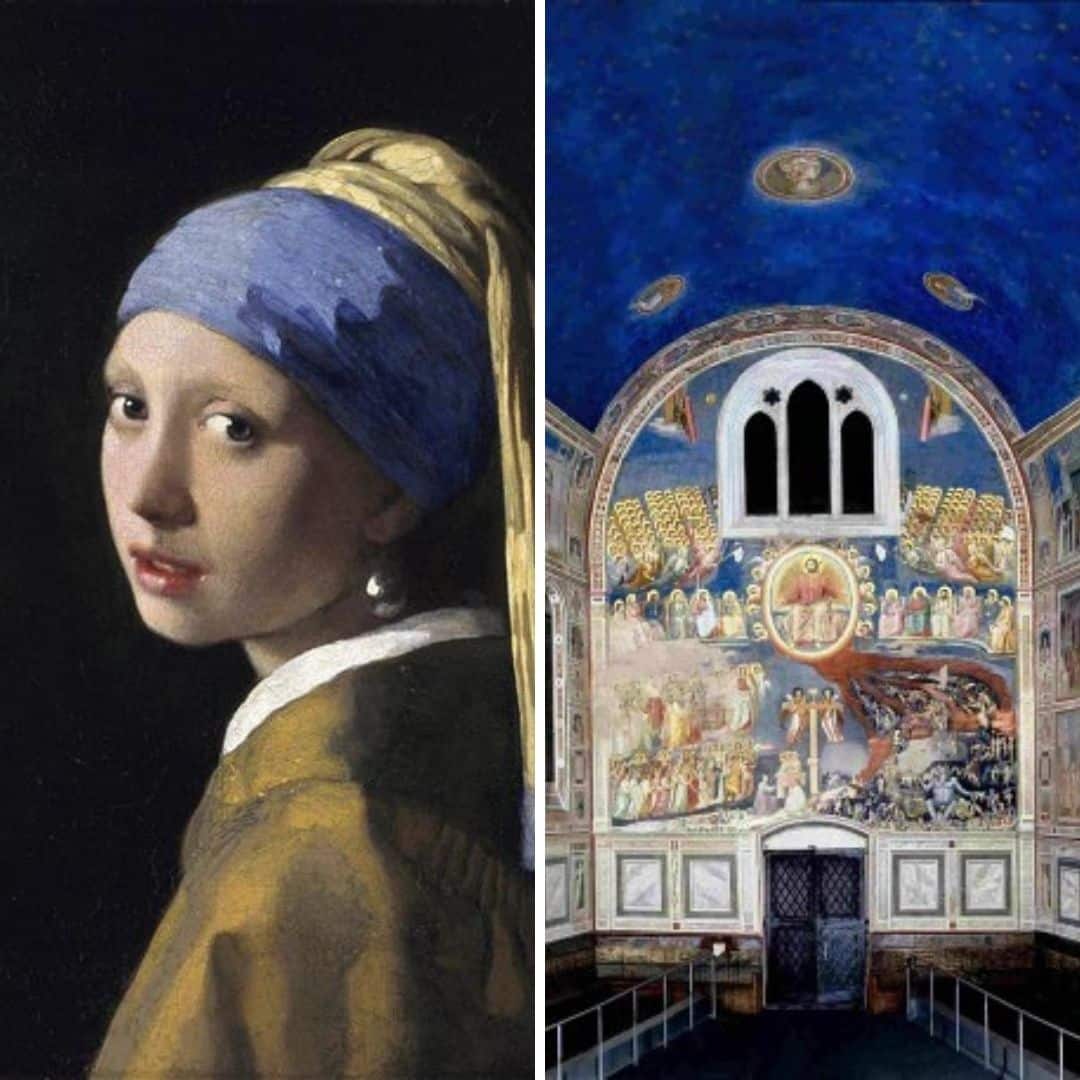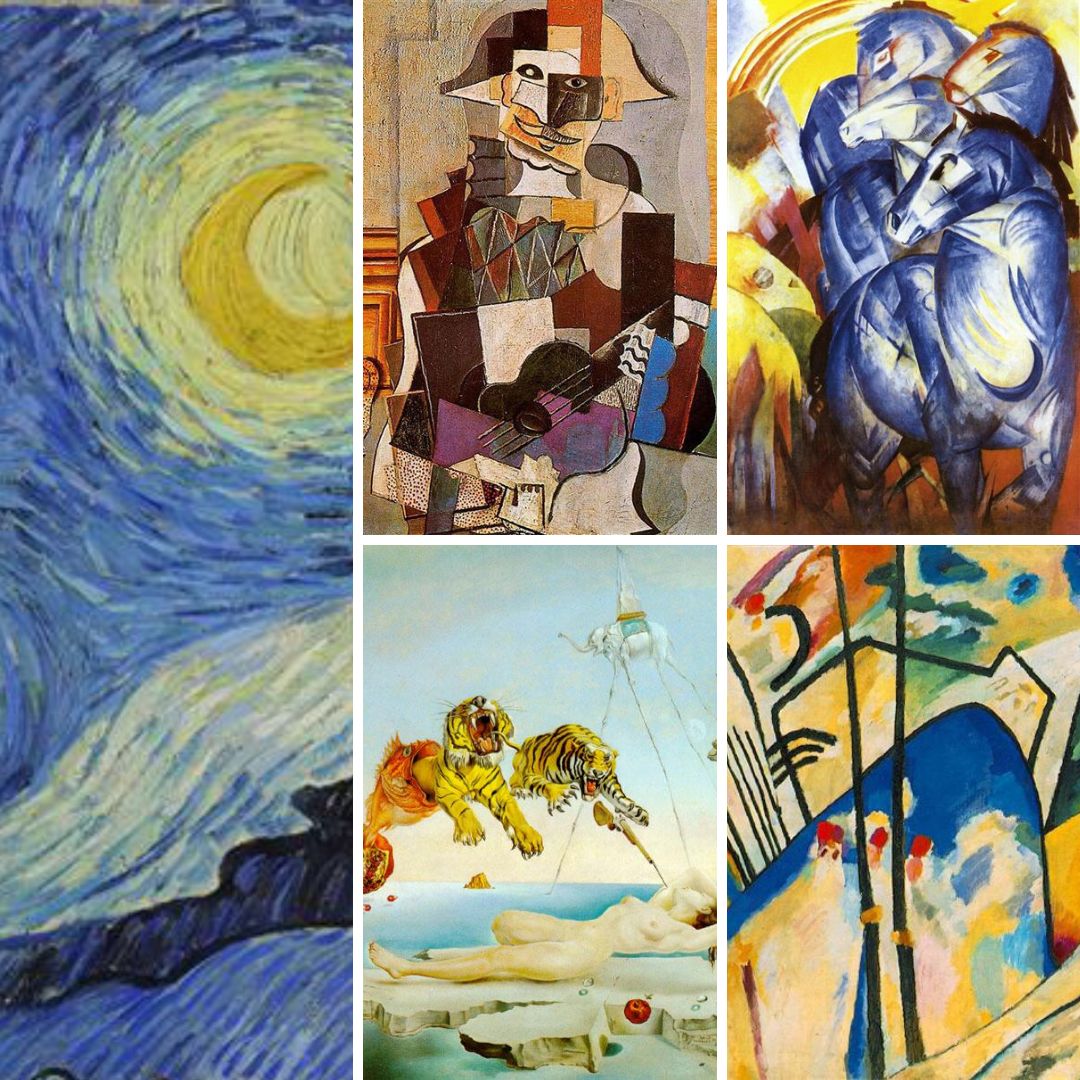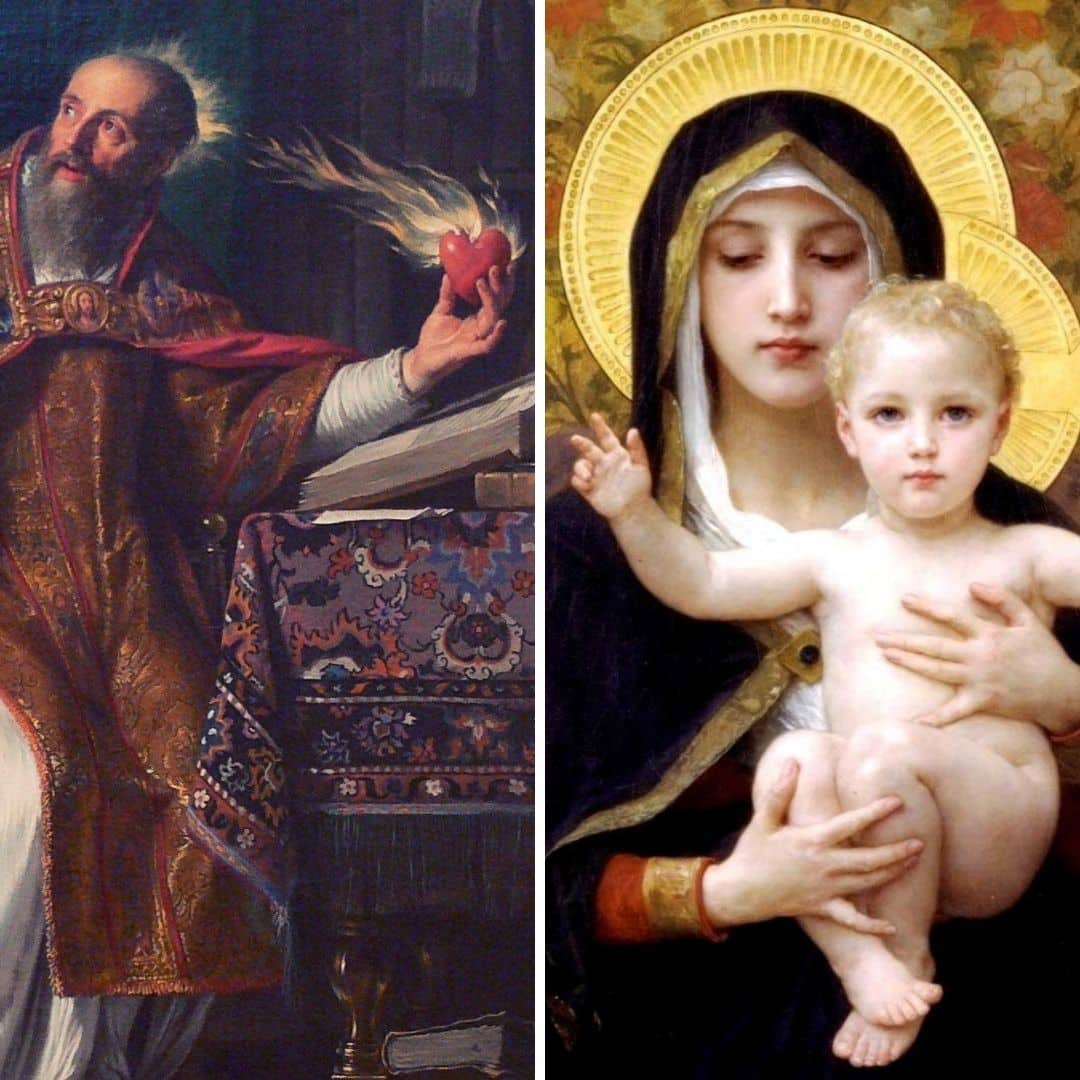Let’s look at one of the best-known representations of Jesus in art: Ecce Homo
Ecce Homo
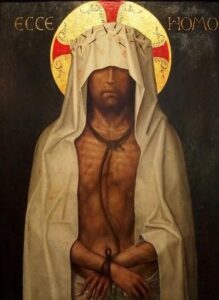 15th century, Anonymous Portuguese painter
15th century, Anonymous Portuguese painter
“Ecce Homo” would have been the words that Pontius Pilate uttered when he presented Jesus to the crowd, according to John (19.5).
This scene has been depicted throughout the history of Western art and is one of the icons of the Christian Easter period.
We again asked colleague Yolanda Silva to help us identify this representation, its origin and its symbolism.
Crowning with Thorns
Main characters involved
Jesus; Roman soldiers; sometimes Pilate.
Description
Jesus is brought before Pilate to be condemned and then he is mocked and flogged by the Roman soldiers.
The soldiers dress him in a purple robe and place a reed in his hand and a crown of thorns on his head. Kneeling before his figure, they continue the vexation by calling him the king of the Jews.
The representation of the Ecce Homo scene became more frequent from the 16th century onwards.
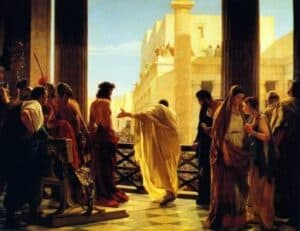 Antonio Ciseri (1821-1891)
Antonio Ciseri (1821-1891)
Relevant iconographic elements
Jesus dressed in a purple robe, with a reed in his hand and a crown of thorns on his head.
Sometimes tied to a pillar (representing the previous scourging).
It is intended to arouse compassion and repentance.
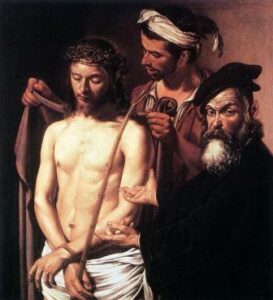 Caravaggio (1571-1610)
Caravaggio (1571-1610)
References
Ecce Homo: John 19:5.
Matthew 27:27-31; Mark 15:16-20.
Attributes of the coronation scene: John 19:2.
Image credits:
https://pt.wikipedia.org/wiki/Ecce_homo#/media/File:Eccehomo1.jpg; https://pt.wikipedia.org/wiki/Ecce_homo#/media/File:CaravaggioEcceHomo.jpg, https://commons.wikimedia.org/wiki/File:Ecce_Homo_-_Anonymous_Portuguese_Master_-_Museu_de_Set%C3%BAbal.jpg,

